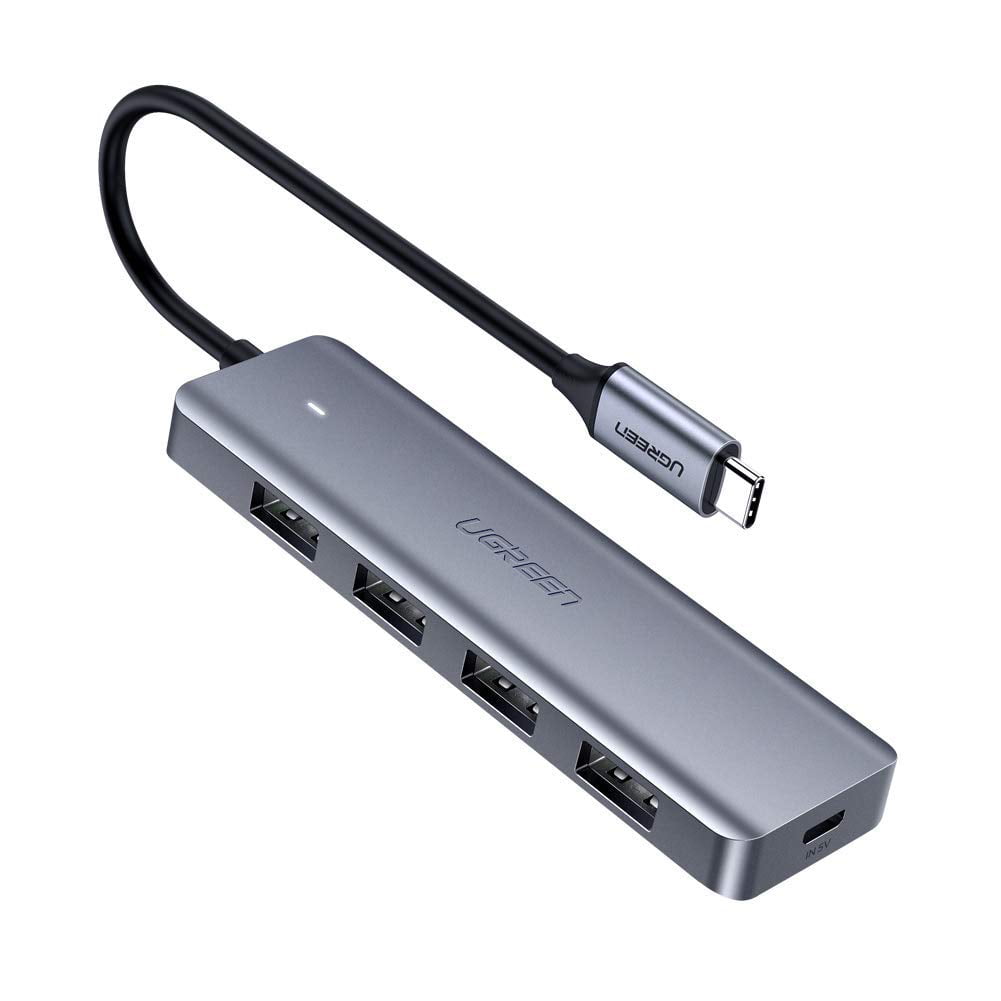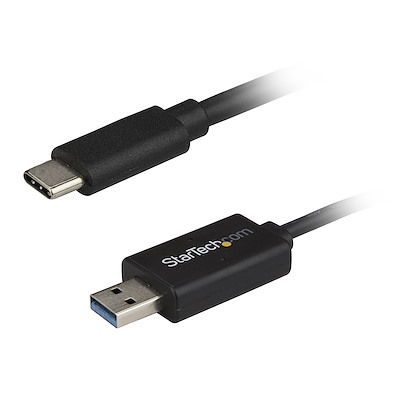

Only the very latest USB 4 can deliver up to 40Gbps. There's USB 2.0, which goes up to 480Mbps USB 3.2 Gen 1 (aka SuperSpeed USB) goes up to 5Gbps USB 3.2 Gen 2 can handle 10Gbps and USB 3.2 2x2 can manage 20Gbps. While the latest versions of each protocol (plus Thunderbolt 3) can operate at up to 40Gbps, earlier versions of the USB spec support much slower data-transfer speeds, so the potential for you to accidentally buy an inferior cable is much greater. Why is Thunderbolt considered faster than USB for data transfer? So while Thunderbolt 4 can outperform USB 4, it's also more expensive, requiring costly certification that simply isn't needed for USB 4.

This won't be the case for much longer, however, because Thunderbolt 4 can deliver 40Gbps over cables up to 2m in length. It's rarely clear from the product page which type you are buying, and so many users will tend to plump for the shorter versions just in case. Active cables can maintain this speed over distance, but they will also be more expensive. Passive cables are typically shorter and cheaper, and unable to maintain the top 40Gbps transfer speeds over longer distances (you'll get 40Gbps from a 0.5m Thunderbolt 3 cable, but only 20Gbps from a 1m cable). That said, the length and type of the Thunderbolt cable can affect performance.
#Micro c usb for mac windows#
(Thunderbolt 3 can also deliver 40Gbps, but misses some other features of the more recent standard on Windows laptops.) However, although each can handle up to 40Gbps data transfer, theoretically Thunderbolt 4 will always hit this maximum speed, while USB 4 will operate between 20- and 40Gbps. If your device supports one it will support the other. With the latest USB 4 and Thunderbolt 4 protocols, the two standards are brought much closer together, each based on the same underlying protocols, and thus they will work interchangeably. What's the difference between USB-C and Thunderbolt? But there is more you should take into account before purchasing the cheapest cable you can find. To some extent, your choice of USB-C cable is going to come down to whether you need both ends to be USB-C, or if the device you want to hook up has a USB-A, Micro-USB, Lightning or Thunderbolt port. USB-C and Thunderbolt cable buying advice It's a USB 2.0 cable that can support data transfer at up to 480Mbps and charging over a 3A output. This USB-A to USB-C cable comes in 1.8m (6ft) or 2.7m (9ft) and in two colours: black or white. It's cheaper than Apple's Thunderbolt 3 cable, but should you be bothered by appearances know that it is available only in black.Īmazon has its own range of USB-C cables that are cheap but capable, with each supplied with a one-year warranty from Amazon itself. It also lacks the nylon braided housing of some of the more durable cables here, though it does come with a two-year warranty from the manufacturer. Note that it does not support Qualcomm Quick Charge, however, so this cable may not be your best option for fast-charging a smartphone.Īs with many Thunderbolt 3 cables it is reasonably short, just 0.8m (2.6ft), which helps it to maintain performance. When it comes to charging, Plugable specifies Power Delivery support of up to 100W. You'll get lower bandwidth with a USB-C 3.1 port, but still up to 10Gbps.

When paired with a Thunderbolt 3 port you can expect theoretical data-transfer speeds of up to 40Gbps, which makes this cable well suited to carrying 4K+ video. It offers the fastest data-transfer speeds, can carry enough charge to power any laptop, and it has an appealingly low price.
#Micro c usb for mac Pc#
This Thunderbolt 3 cable from Plugable is the best all-rounder here when used with a compatible storage device or Windows or Mac PC or laptop.


 0 kommentar(er)
0 kommentar(er)
